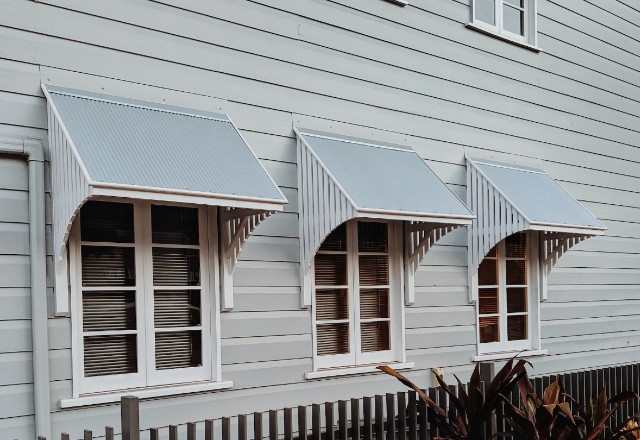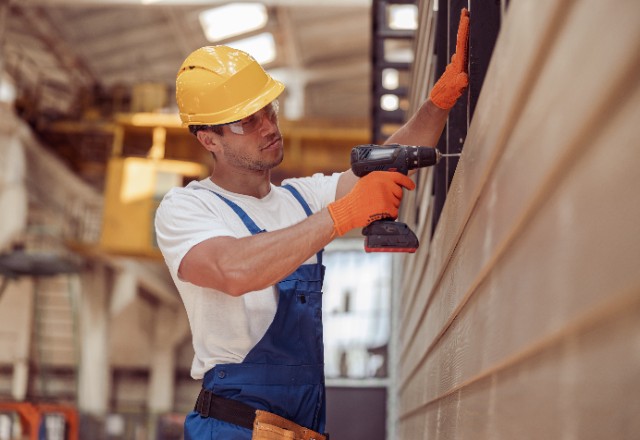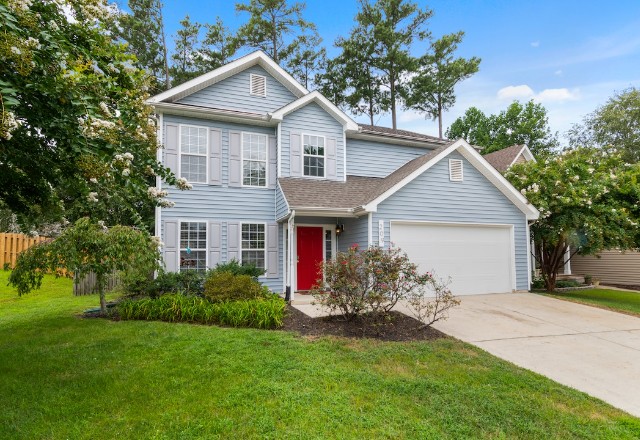Table of Contents
Vinyl siding is a popular choice for homeowners due to its durability, low maintenance, and attractive appearance. However, over time, vinyl siding can sustain damage from weather, impact, or general wear and tear. While replacing damaged siding may seem like the only option, learning how to repair vinyl siding without replacing it can save you time and money. In this comprehensive guide, we’ll walk you through the steps to assess the damage, gather the necessary tools and materials, and repair your vinyl siding like a pro.

Assessing the Damage
Before you begin any repair work, it’s crucial to identify the type and extent of damage to your vinyl siding. Common issues include:
- Cracks
- Holes
- Loose or missing pieces
Take a close look at the damaged area and determine whether a repair is feasible or if replacement is necessary. Small cracks, holes, and loose pieces can often be repaired, while extensive damage may require replacing the affected sections.

Tools and Materials Needed
To successfully repair your vinyl siding without replacing it, you’ll need the following tools and materials:
- Utility knife
- Zip tool (vinyl siding removal tool)
- Caulking gun
- Vinyl siding patches (matching your siding’s color and texture)
- Vinyl siding adhesive
- Exterior-grade caulk
- Exterior paint (if needed)
Having the right tools and materials on hand will make the repair process smoother and ensure a professional-looking result.

Step-by-Step Repair Guide
Repairing Cracks
- Clean the damaged area with a soft-bristled brush and mild detergent to remove dirt and debris.
- Use a utility knife to carefully widen the crack slightly, creating a V-shaped groove.
- Apply a bead of vinyl siding adhesive along the groove.
- Press the edges of the crack together, ensuring a tight fit.
- Wipe away any excess adhesive with a damp cloth.
- Allow the adhesive to dry completely according to the manufacturer’s instructions.
Fixing Holes
- Cut a patch from a spare piece of vinyl siding that matches the color and texture of the damaged area.
- Trace the outline of the hole onto the patch and cut it out, making sure it’s slightly larger than the hole itself.
- Apply vinyl siding adhesive around the edges of the hole and the back of the patch.
- Press the patch firmly over the hole, ensuring a tight seal.
- Use a utility knife to trim any excess patch material, blending it with the surrounding siding.
Securing Loose or Missing Pieces
- Use a zip tool to unlock the siding piece above the damaged or missing section.
- Carefully remove the damaged piece by pulling it downward and out.
- If the piece is missing, measure the gap and cut a new section from a spare piece of siding.
- Slide the new or repaired piece into place, ensuring it fits snugly.
- Use the zip tool to lock the piece and the surrounding siding back into place.

Finishing Touches
After completing the repair, it’s essential to seal and paint the area to protect it from future damage and ensure a seamless appearance.
- Apply exterior-grade caulk around the edges of the repaired area, smoothing it with a caulking tool or your finger.
- If necessary, paint the repaired section with exterior paint that matches your siding’s color.
- Allow the caulk and paint to dry completely before exposing the area to moisture.
Maintenance and Prevention
To keep your vinyl siding in top condition and prevent future damage, follow these maintenance tips:
- Regularly clean your siding with a soft-bristled brush, mild detergent, and water.
- Inspect your siding annually for signs of damage, such as cracks, holes, or loose pieces.
- Address any issues promptly to avoid more extensive and costly repairs.
- Trim nearby trees and shrubs to prevent branches from rubbing against your siding.

When to Call a Professional
While many vinyl siding repairs can be done without replacing the siding, some situations may require professional assistance:
- Extensive damage that spans multiple siding panels
- Damage that compromises the structural integrity of your home
- Repairs that are beyond your skill level or comfort zone
If you’re unsure about your ability to repair the damage or the issue seems too complex, it’s best to consult a reputable vinyl siding repair contractor. They can assess the damage, provide expert advice, and ensure the repair is done correctly.

Conclusion
Learning how to repair vinyl siding without replacing it is a valuable skill for homeowners. By following the steps outlined in this guide, you can tackle common siding issues, such as cracks, holes, and loose pieces, saving yourself time and money. Remember to assess the damage, gather the necessary tools and materials, and take a methodical approach to the repair process. Regular maintenance and prompt attention to any damage will help keep your vinyl siding looking great for years to come.

FAQ: All You Need to Know About Vinyl Siding Repair without Replacing
Can I repair vinyl siding without replacing it if the damage is extensive?
How can I find vinyl siding that matches my home for repairs?
Can I paint vinyl siding after repairing it?
What are some alternatives to replacing damaged vinyl siding?
Is it more cost-effective to repair or replace vinyl siding?
Need a Siding Contractor You Can Trust?
To get a free estimate for your project or if you need a consultation, please, fill out and send us the form below.



 509-201-4190
509-201-4190
